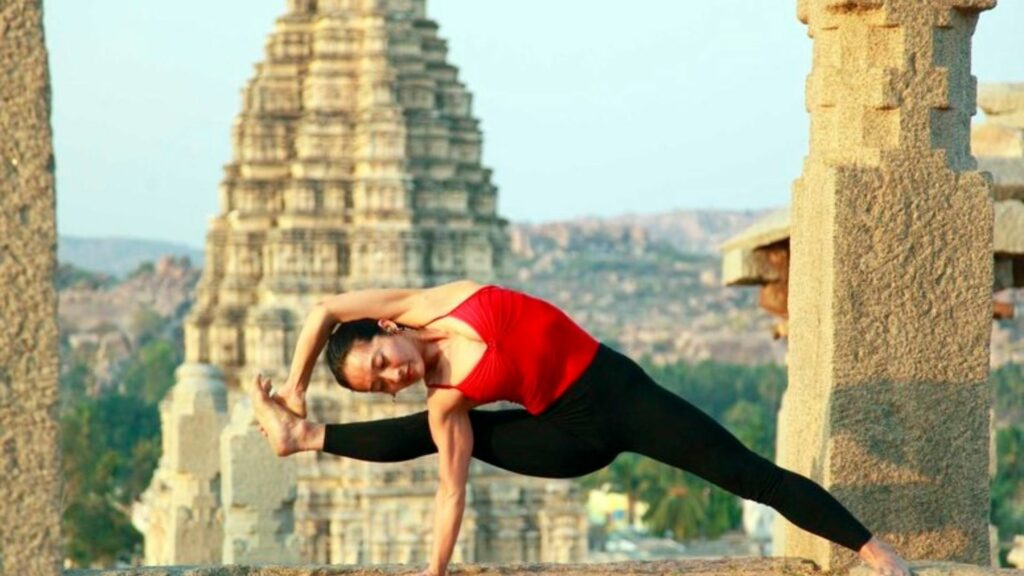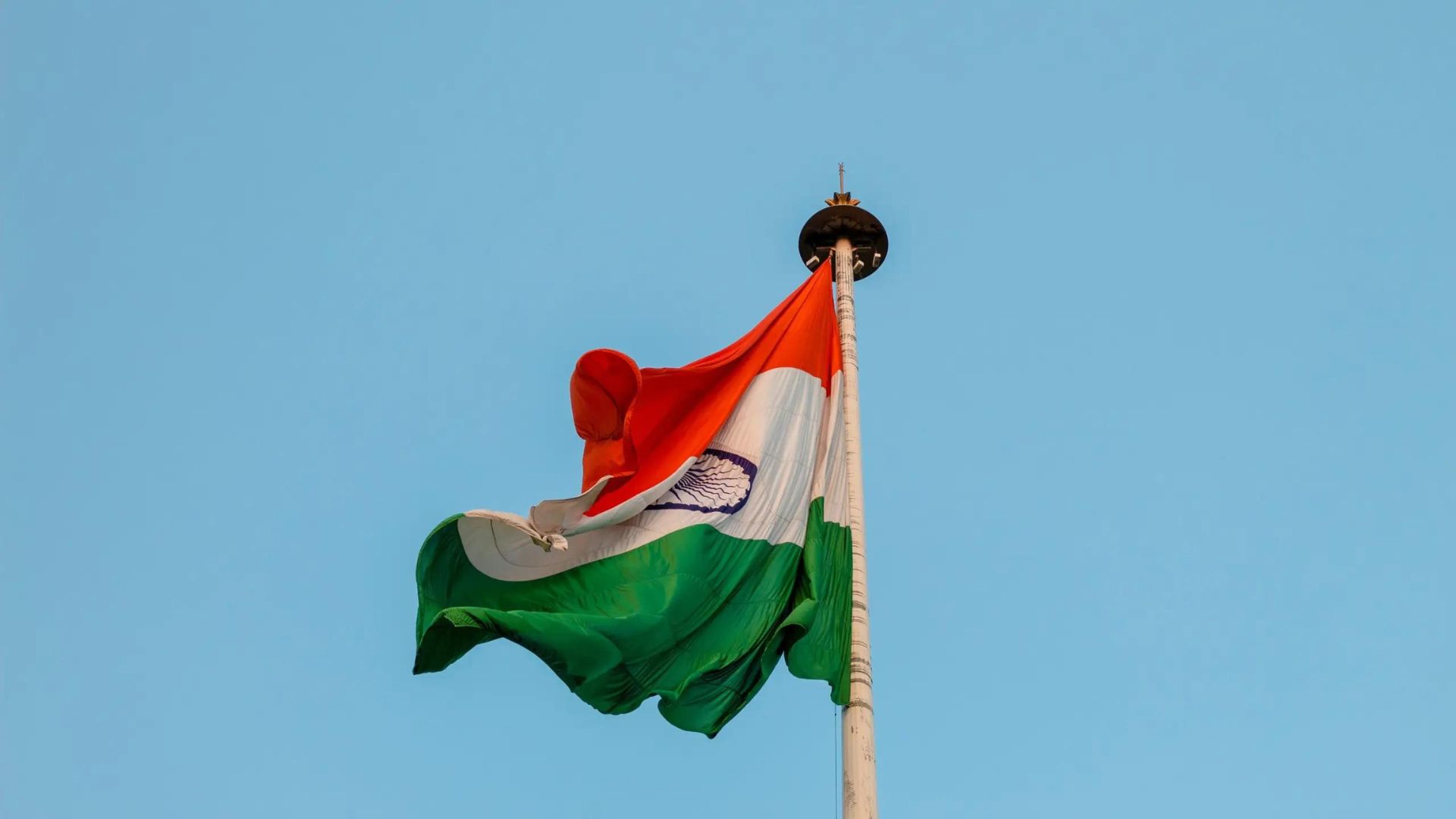In today’s fast-paced world, where stress seems unwelcome, the search for inner peace and well-being has become paramount. Many turn to yoga and meditation as powerful tools to navigate the complexities of modern life. But what many may not realize is that the roots of these practices run deep in the rich tapestry of Indian culture. Let’s delve into the profound influence of India on the global phenomena of yoga and meditation.

The Origins of Yoga
Yoga’s story begins in ancient India, around 5,000 years ago. Early philosophical texts called the Vedas mention practices aimed at achieving physical and mental well-being. Over time, these practices evolved into what we now know as yoga.
Meditation also has ancient Indian roots. It’s a core concept in Hinduism, Buddhism, and Jainism, major religions that originated in India. These traditions view meditation as a way to quiet the mind, achieve inner peace, and gain spiritual insights.
Influential Texts and Teachers
The development of yoga and meditation was significantly shaped by important texts and teachers. The Yoga Sutras, written by Patanjali around the 2nd century BCE, is a foundational text. It outlines the eight limbs of yoga, a roadmap to spiritual liberation through physical postures, breathing exercises, and mental disciplines.
Over the centuries, countless yogis and spiritual masters refined and shared these practices. Swami Vivekananda, a 19th-century Indian monk, stands out as a key figure. He played a pivotal role in introducing yoga and meditation to the West through his lectures and teachings.
Yoga in Action: From Rituals to Physical Practice
Early forms of yoga focused on spiritual development and religious rituals. Ascetics and yogis practiced complex postures and breathing techniques to achieve enlightenment. Over time, the physical aspects of yoga gained more prominence.
The focus shifted towards using postures (asanas) and breathing exercises (pranayama) to improve physical health and well-being. This shift made yoga more accessible to a wider audience, even those not seeking a purely spiritual path.
Meditation: A Journey Within
Meditation practices in India have a long and diverse history. Different religious traditions developed their own methods. In Hinduism, meditation often involves focusing on a mantra (a chant or sacred syllable) or a deity. Buddhist meditation emphasizes mindfulness and letting go of attachments.
The core goal of meditation, however, remains consistent across traditions – to achieve a state of inner peace, clarity, and self-awareness.
Yoga and Meditation Go Global
For centuries, yoga and meditation remained largely within India’s borders. However, the 20th century witnessed a significant change. These practices began to gain popularity in the West, particularly for their health benefits.
Yoga’s emphasis on physical postures resonated with people seeking to improve flexibility, strength, and stress reduction. Meditation’s ability to promote relaxation and focus also attracted interest.
Yoga’s Modern Transformation
The rise of yoga in the West wasn’t a simple import. Yoga teachers adapted the practice to suit different needs and preferences. Various styles of yoga emerged, from the dynamic Vinyasa to the more restorative Yin yoga.
Technology also played a role. The rise of yoga studios, online classes, and meditation apps made these practices even more accessible to a global audience.
Yoga and Meditation Today
Today, yoga and meditation are a global phenomenon. Millions practice them regularly, experiencing the benefits for body and mind. While yoga has evolved into various styles, the core principles – connecting breath, body, and mind – remain firmly rooted in its Indian origins.
Final Thoughts
India’s influence on yoga and meditation is undeniable. These ancient practices have transcended cultures and religions, offering a path to well-being for people from all walks of life. The journey from the Indus Valley to your living room is a testament to the enduring power of these practices and India’s lasting contribution to the world.
